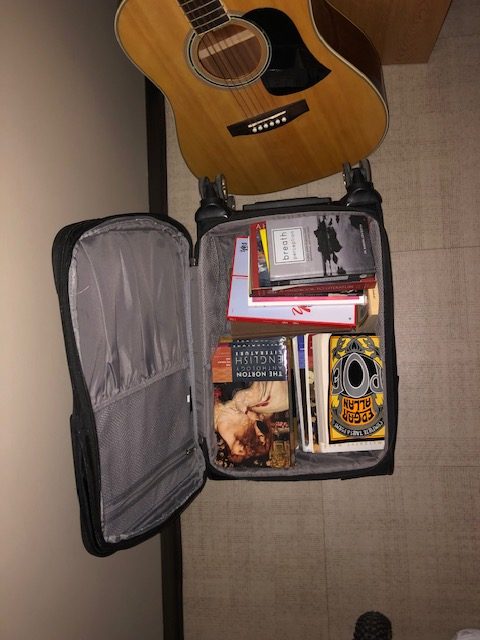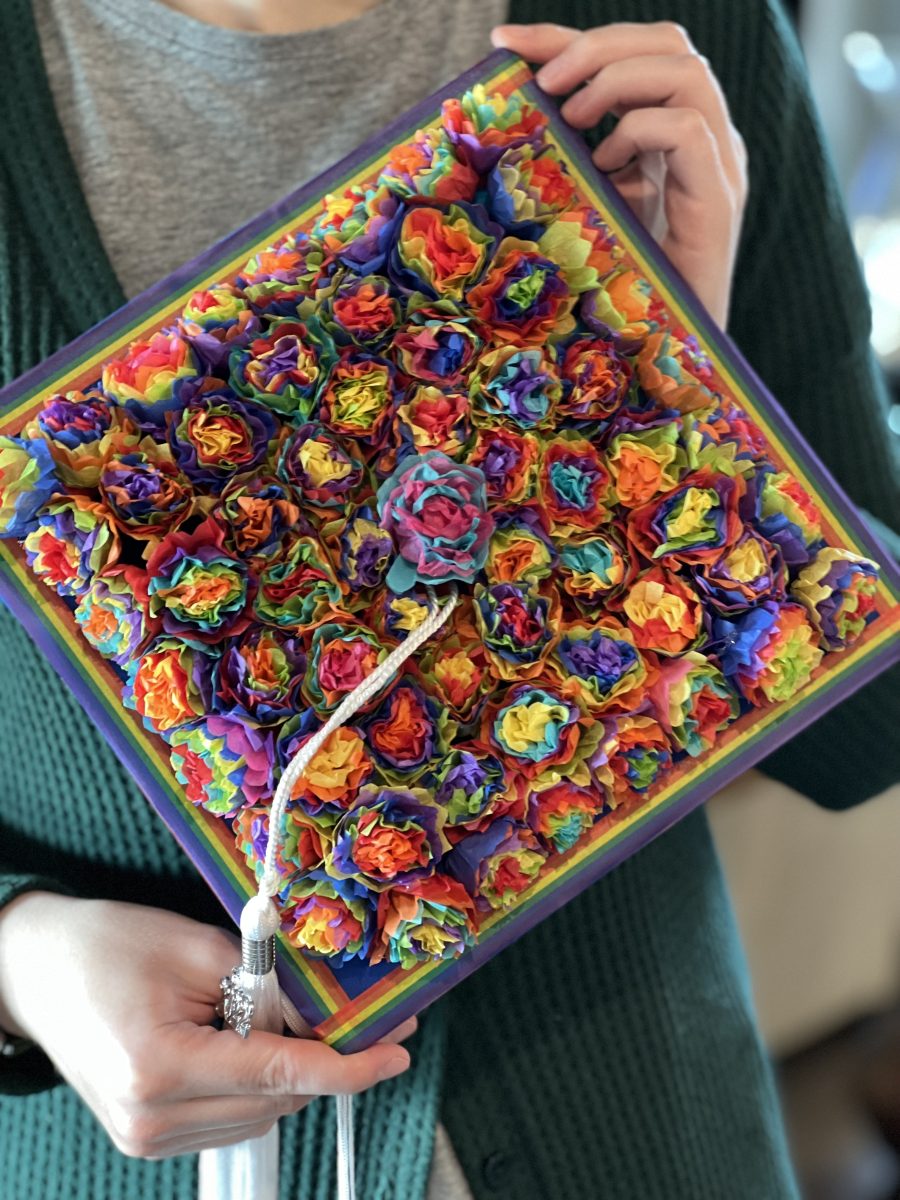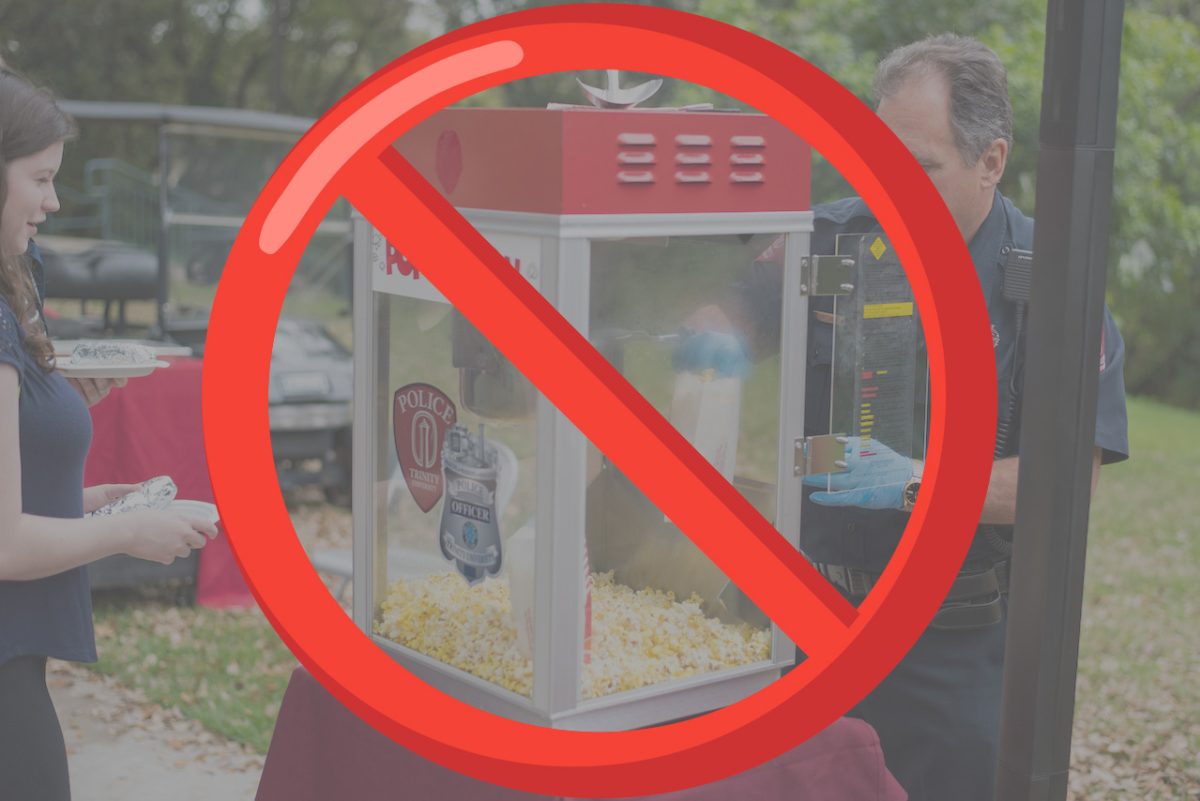Photo provided by Kayla Padilla
Minimalism has piqued the interest of many who feel overwhelmed by their possessions. In fact, the average American has 300,000 items in their household, a number startling in print, but hardly unaccounted for when we enter the homes of our friends and relatives. From decorations to utensils to that little reindeer ornament your grandmother gave you, we can’t seem to stop collecting stuff. But where do we draw the line? The first rule of minimalism is that there are no rules. While some strive to have a certain number of items, others want to focus on making sure their living space is clutter-free. Below is a guide, open to alteration, to becoming a minimalist.
Navigating personal boundaries
There are several approaches to minimize your possessions, beginning with realizing which one fits you best. For instance, one way you can focus on what really matters to you is by trying to fit all the possessions you need into a single piece of luggage. But how does this ideology work anyway? If your accordion takes up the entire luggage does that mean there’s no room for your hairbrush? No! It’s totally fine to make your own rules that take into account belongings like instruments, books and bicycles. Becoming a minimalist doesn’t mean getting rid of your musical instruments, it means realizing what truly holds value in your life.
Some people like to set a very specific goal, for instance, possessing 100 items including clothing, toothbrushes and soccer balls. Depending on your living space, 100 items can be the right amount, or maybe you don’t like how barren it makes your house look. It’s less about throwing everything away and more about making sure every item in your living space holds significance and has a purpose. The numbers are all up to you, so long as you’re being honest about what you really need, and significantly minimizing what you own.
Dealing with sentimental items
People fear letting go of items because they think it means that they’ll be letting go of the memory of a person. To me, having one staple item you can hold closely, like a necklace, means you can focus on the time spent with the person, not objects that were once an extension of that person. Once again, there are no real rules to minimalize your sentimental objects; it’s all up to you. Sometimes having physical reminders of someone’s presence is comforting, and that is OK. I mean, how are you going to explain to your family that you threw out your great-grandmother’s diary because you’re a minimalist now?
Other items may be from your childhood and only serve to take up space, such as that itchy blanket or that doll that’s missing an eye. If you’re holding onto these items because they remind you of your childhood, it may be more beneficial to hold onto photos instead. Childhood toys end up in garages, chewed up by dogs and torn apart by other children. If you’re tired of carrying that unopened box of toys every time you move, it’s time to donate them to children who would make use of them.
Getting rid of clothes
One sure way of reducing the amount of clothing you own is by creating a capsule wardrobe. A capsule wardrobe is a set of clothing items that can be used interchangeably, meaning it’ll mostly consist of colors and styles that are easily compatible with one another, such as a black sweater or a white tank top. This wardrobe is meant to last you for a long period of time and is supposed to reduce your shopping to help you focus on what you already have. You may already have capsule-wardrobe-type clothing, so you should make note of those items. According to Who What Wear, there are five steps to developing a capsule wardrobe:
- Pare down your closet to 37 items.
- Wear only those 37 items for three months.
- Don’t go shopping during the season
- During the last two weeks of the season, plan and shop for your next capsule.
- As you shop, remember that less is more.
Decluttering other areas of your life
Now that you’ve decluttered your living space, you’ll notice you’ll have more room to think and reflect on other aspects of your life, like your relationships, hobbies, etc. You’ll begin to declutter toxic friends and detrimental habits. When it comes to relationships, you can’t really place all the people you care most about in a piece of luggage and cut off everyone else, but you can reevaluate the way people treat you and whether or not you’d like to continue that relationship. Just like decluttering your living space, decluttering the rest of your life plays out according to your own rules, but a recognition that without honesty and intention, much will remain the same.







